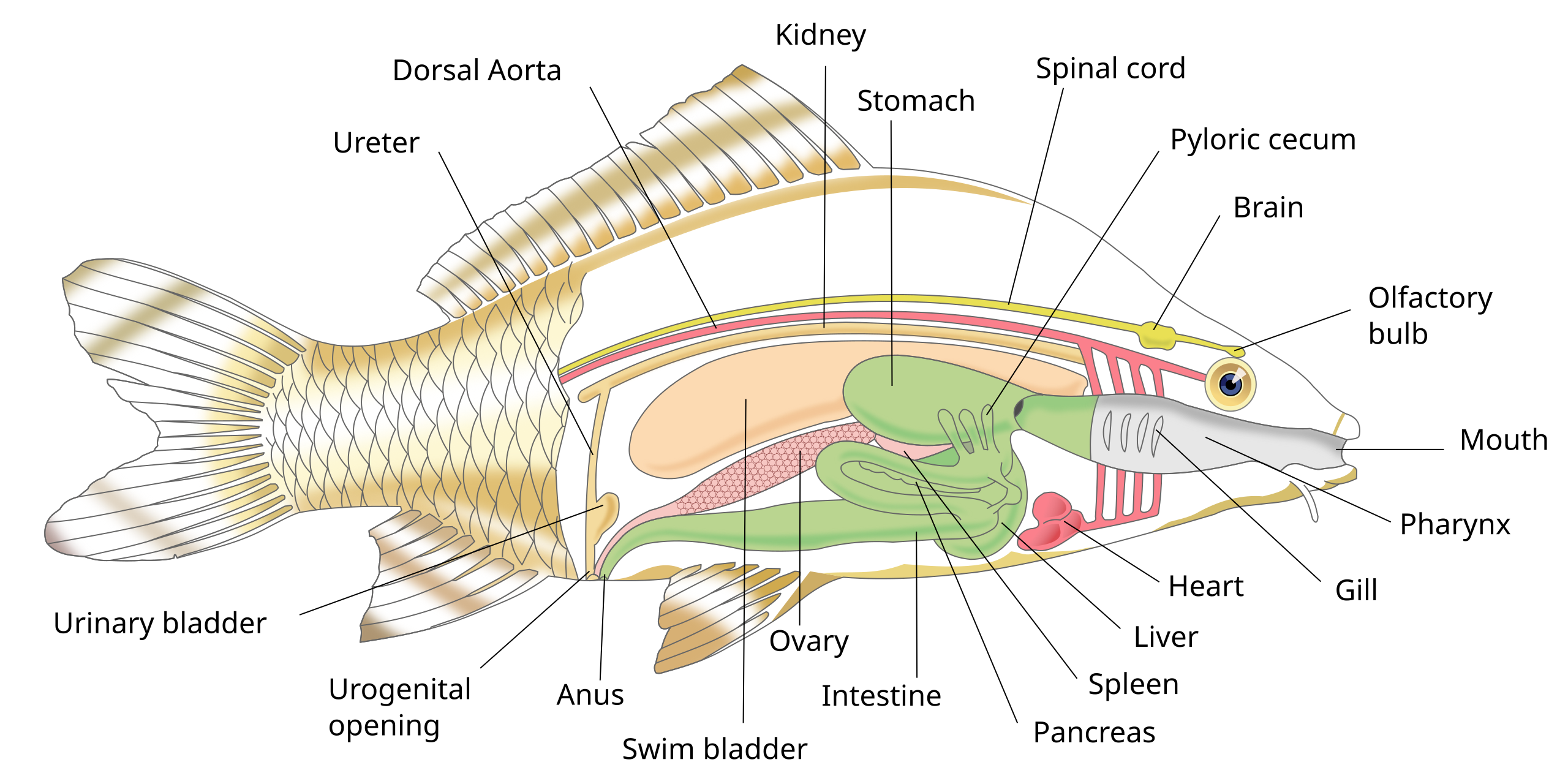Guest Post: Ideonomy's Future Use in (and Transformation of) Education
May 6, 2025Today's post is a "guest post" written by Patrick Gunkel. The text is sourced from Ideonomy Green Volume, p. 78 (c. 1980). The diagram was added by me.
The issue is such that one approaches it with pain. Pain because, although the potential of ideonomy to revolutionize the field of education is probably unique, no element of modern society would appear to be more resistant to innovation.
Why is it that educators are unsurpassed in their inability to look ahead, to criticize the profound flaws and mediocrity of the status quo, to propose and embrace reforms whose necessity and inevitability are often transparent, to aspire to the achievement of any grand design, or to cooperate with one another for the sake of great and proper ends? Why do they disdain the experimental method and the theoretical vision that are the essence of the science that is the source of civilization?
What accounts for this intellectual, moral, and political failure?
The sphinx of Thebes might put such questions.
A very young neighbor of mine once knocked on my door to ask if I could help him to find a diagram of a fish, which he needed for his seventh-grade class. We routed out the necessary drawing from an encyclopedia article, and I made him an enlarged copy. I also made one for myself. I did this, not because I liked the picture, but rather because I did not like it. I knew why Kevin O'Connell wanted the diagram, but as an ideonomist I was all too conscious of the missed educational opportunity that the actual diagram represented. So I wanted to see if I could improve upon the famous encyclopedia's fish.

The original diagram was the usual thing, a sketch of the fish with lines drawn to major anatomic parts with their names placed at the outward ends of the lines: nostrils, liver, pyloric ceca, air bladder, etc. But what meaning does that have to a kid? All he sees is a lot of odd words that are to be memorized, or copied when he redoes the sketch to impress the teacher with his art-work.
The meaning that was absent I proceeded to add. Below each of the names I gave all of the major and some interesting minor functions. I expressed these functions by using analogies to the functions of parts of his own body and of machines or other things with which he was apt to be familiar. I also defined the parts in ways that would enable their functional interrelations, or the operation of the whole fish, to be apparent. Where appropriate, I added definitions to parts of my definition. The "ovary" is part of a device that the fish uses to make copies of itself (the fish being but a copy in a whole series of copies of copies of copies of fish that runs like an endless chain from the past into the future and stocks all of Earth's lakes and rivers). The "stomach" breaks food up into its smallest parts - food molecules - which are floated throughout the body by the bloodstream and reassembled into the different machines and structures of the body, much as a skyscraper is assembled from the simplest materials. The "air bladder" is like the ballast tank of a submarine (which I explained in turn). Some analogies were explained by other analogies, and the different analogies were woven together.
In these and other ways the fish was turned into a universal cognitive phenomenon in Kevin's mind, and mere words and structures were remade into concepts, and concepts of concepts, and functional patterns, with a natural life of their own.
As it happened, it was the old diagram of the fish that my young friend wound up using. He liked the ideonomic version better himself, but was afraid his teacher would find it confusing.